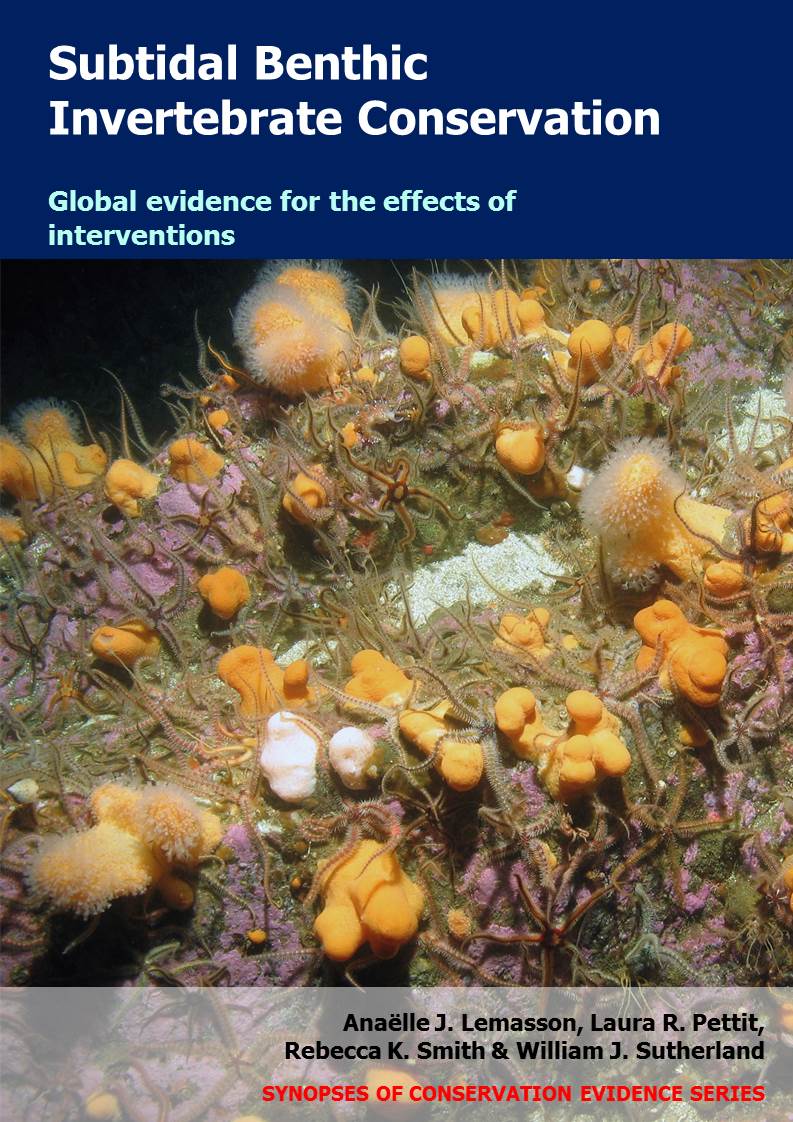Limit, cease or prohibit the dumping of sewage sludge
-
Overall effectiveness category Likely to be beneficial
-
Number of studies: 2
View assessment score
Hide assessment score
How is the evidence assessed?
-
Effectiveness
70% -
Certainty
47% -
Harms
0%
Study locations
Supporting evidence from individual studies
A before-and-after, site comparison study in 1987–1989 of three sandy sites in the inner New York Bight, North Atlantic Ocean, USA (Vitaliano et al. 2007) found that over the 21 months after sewage-sludge dumping ceased, invertebrate community composition became more similar to that of historically less-disturbed sites. Community data were reported as graphical analyses and statistical model results. In addition, the abundance of the pollution-indicator polychaete worm Capitella spp. decreased after dumping had ceased (before: 0–3,000; after: 0–43 individuals/0.1 m2) to similar levels as natural sites (approximately 0). Community composition at the less-disturbed sites remained stable over time. In 1987, dumping of sewage sludge in an area 22 km off the coast stopped after 63 years of activity. Monthly in July 1986–December 1987 (before complete cessation) and in January 1988–December 1989 (after cessation), one impacted site and two adjacent sites (low impact; no impact) were sampled at 29–31 m depths using a 0.1 m2 sediment grab. Each time, three samples were collected, and invertebrates (>0.5 mm) identified and counted.
Study and other actions testedA replicated, site comparison study in 1999–2001 in one soft seabed area along the Northumberland coast, North Sea, UK (Birchenough et al. 2009) found that ceasing the disposal of sewage sludge led to changes in invertebrate community composition and decreases in overall invertebrate abundance over time. Community composition at the sewage sites changed over the three years after disposal stopped but remained different to that of the natural sites (data presented as graphical analyses and statistical model results). After one year, invertebrate abundance had decreased at the sewage sites (169–194 individuals/0.1 m2) compared to three months after sewage dumping stopped (245–405), and was similar to that of natural sites (180–188). In December 1998, disposal of sewage sludge ceased at a site 10–13 km off the coast. Between 1999 and 2001 samples were collected annually in March, August, and December (except March 2000). Five samples were collected using sediment grabs (0.1 m2) at each of four sites: two located at the sewage site, and two natural sites located 9–10 km away. Invertebrates (>0.5 mm) were identified and counted.
Study and other actions tested
Where has this evidence come from?
List of journals searched by synopsis
All the journals searched for all synopses
This Action forms part of the Action Synopsis:
Subtidal Benthic Invertebrate Conservation





)_2023.JPG)














